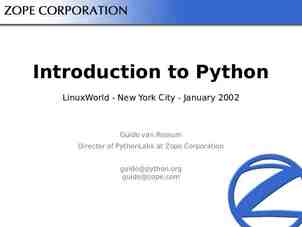Testing a Practical Implementation of Social Norms Alcohol
9 Slides1.00 MB
Testing a Practical Implementation of Social Norms Alcohol Prevention within the US Air Force Dr. Daniel Perkins (& Lisa White) AFMRA Partners : Lt Col Merritt, Dr. LaJuana Ormbsy, & Lt Col Detweiler Developer: Hobart and Smith Colleges
Social Norms Approach to Prevention
Chambers, Glasgow, & Stange, 2014 – Implementation Science 3
Phase II Social Norms: 2015-2017 Phase II tested a sustainable implementation process; Administering only one pretest data collection to establish baseline norms; Evaluating three media campaign methods - based upon data collection and response rates (basespecific, aggregate, or AF generic); Addressing the challenges and successes of implementation; and Conducting statistical analyses of the impact of the intervention using ARM rates.
Base-Specific & Aggregate Media Examples Six bases (43%) achieved a 40% response rate or higher Eight bases (57%) did not achieve the 40% target response rate
Generic Media Example
Phase II Target Outcomes The total ARMs, the total drinking ARMs, and the total DUI/DWI counts were analyzed separately: Examined different levels and/or different rates of change at postintervention; and Adjustments were necessary for these three outcomes before implementing statistical models (e.g., adjustments for rate per 1,000 Service members, adjustments for outliers, log transformation to normalize distributions). Total ARMs Drinking ARMs DUI/DWI Accidental Injury Domestic violence Other crimes against property Drunk disorderly Duty-related incident Contribute to delinquency Crimes against property Public intoxication Open container Underage drinking
Analysis and Results Analysis of Each Treatment Group Separate analyses of intervention impact for each of the 3 trt groups. Models compared intervention bases for each treatment with the corresponding set of matched comparison bases. Results for models for the three ARMs’ outcomes indicated no patterns of statistical differences other than isolated cases that would be attributable to chance. Analysis of Change Within SN Bases MLM with a discontinuity regression structure examined within-base change among those bases that received the intervention. Results indicated no change in the three outcomes across the 12month period post-intervention relative to the 12-month period preintervention.
Helpful Readings Chapters 7 & 8 of the National Academies of Sciences, Engineering, and Medicine (2019). Strengthening the military family readiness system for a changing American Society. The National Academies Press. https/doi.org/10.17226/25380 Chambers, D.A., Glasgow, R.E. & Stange, K.C. The dynamic sustainability framework: addressing the paradox of sustainment amid ongoing change. Implementation Sci 8, 117 (2013). https://doi.org/10.1186/1748-5908-8-117 Chambers, D. A., and Norton, W. E. (2016). The adaptome: Advancing the science of intervention adaptation. American Journal of Preventive Medicine 51(4), S124-S131. Glasgow, R. E., and Chambers, D. (2012). Developing robust, sustainable, implementation systems using rigorous, rapid and relevant science. Clinical and Translational Science, 5(1), 48-55. Curran, G. M. (2020) Implementation science made too simple: a teaching tool. Implementation Science Communication. https://doi.org/10.1186/s43058-020-00001-z Proctor E, Silmere H, Raghavan R, Hovmand P, Aarons G, Bunger A, Griffey R, Hensley M. Outcomes for implementation research: conceptual distinctions measurement challenges, and research agenda. Adm Policy Ment Health.2011;38(2):65–76. 9














